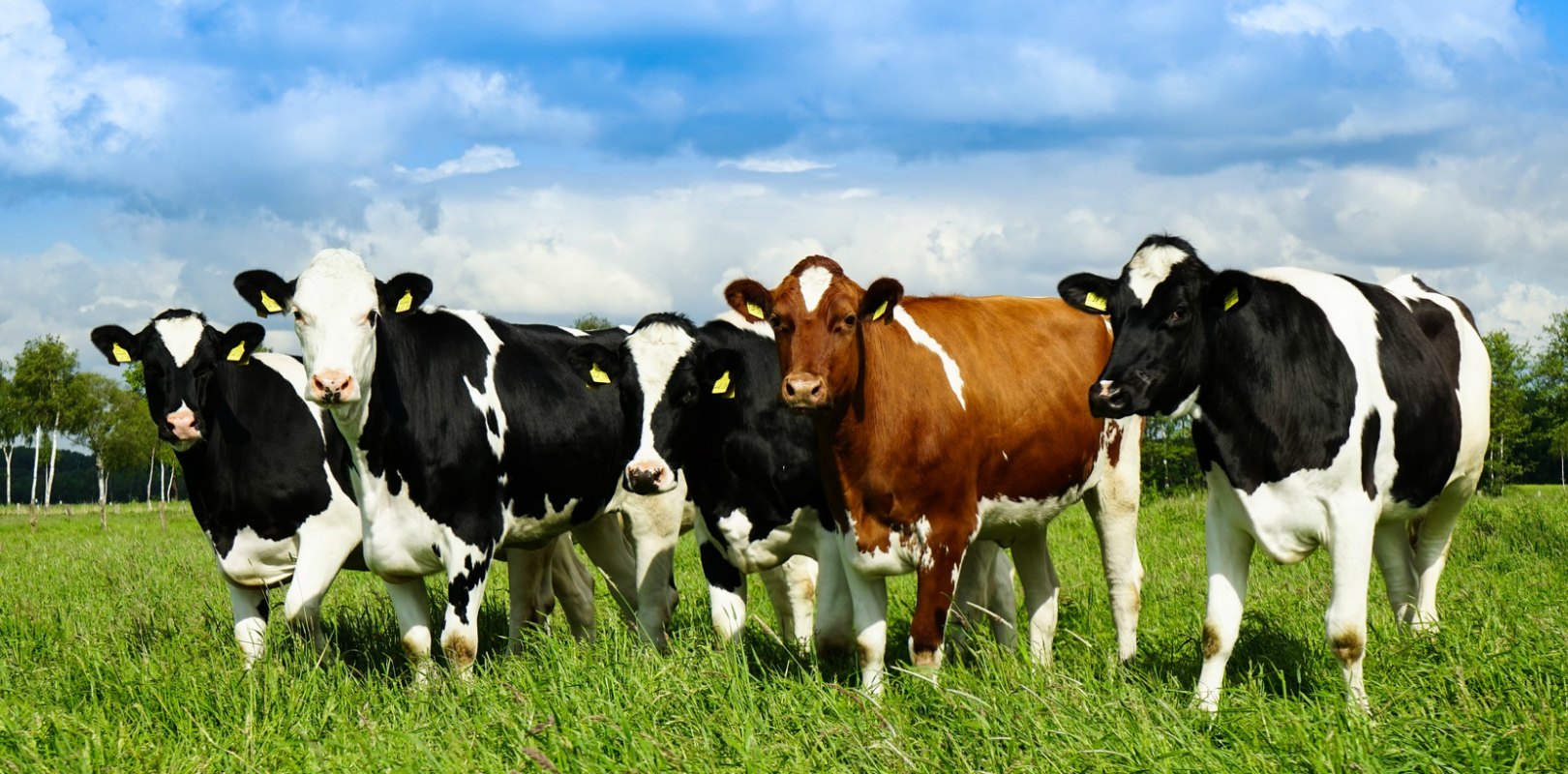A healthy diet can be achieved through various food combinations, which are associated with different environmental impacts, like greenhouse gas emission (GHGE).
Current dietary guidelines are based on nutrient recommendations for health and do not account for the environmental aspects of the diet. The present danish study highlights the importance of examining these two aspects together when considering future dietary recommendations for a sustainable diet, as well as alternative food choices.
The authors created 8 dietary scenarios with different quantity of dairy products using data from the Danish National Dietary Survey (1995–2006). Nutrient composition and GHGE data for 71 highly consumed foods were used to estimate GHGE and nutritional status for each dietary scenario. An index was used to estimate nutrient density in relation to nutritional recommendation and climate impact for solid food items: the Nutrient Density of Climate Impact (NDCI) index. High index values were those with the highest nutrient density scores in relation to the GHGE.
Higher protein, higher GHGE
Results showed that the high-dairy scenario was 27% higher in protein, 13% higher in vitamin D; 55% higher in calcium; 48% higher in riboflavin and 18% higher in selenium than the non-dairy scenario. The estimated GHGE for the average-dairy, high-dairy, milk-products, cheese-products, and non-dairy diets ranged from 4,340 to 4,826 g CO2e per day with the highest GHGE in cheese-products and lowest GHGE in milk-products For soy drink, the estimated values were 3,620 g CO2e per day.
For the vegetarian and vegan diets, the estimated GHGE were 3,063 and 2,414 g CO2e per day, respectively. The average dairy diet resulted in 48% (2,217 g CO2e per day) higher GHGE compared to the vegan diet and 34% higher GHGE (1,568 g CO2e per day) compared to the vegetarian diet.
Consider the nutritional value
However, when combining nutritional value and climate impact using the NDCI index, the ranking of food items changes and values for animal-based and plant-based products are more similar. The index values for cod, pork, cheese, chicken, brown rice, pasta, and potatoes were quite similar (between 0.19 and 0.35) despite very different nutrient density values, reflecting different GHGE values. Cheese has the highest nutrient density value compared to all the other food items.
This study shows that reducing consumption of food items with high or relative high GHGE is not necessarily the best approach to decreasing diet-related GHGE. If a product is replaced by food with lower energy density, the quantity needed to compensate for the caloric loss is greater than the quantity removed. This may result in a higher diet-related GHGE despite the lower GHGE per kg of the substituted product.
When optimizing a diet with regard to sustainability, it is crucial to account for the nutritional value and not solely focus on impact per kg product.
Source: Bruun Werner L et al. Food Nutr Res 2014 ; 58: 20687.
Watch a related video from THE 2ND GLOBAL SUMMIT ON THE HEALTH EFFECTS OF YOGURT (Interview with Prof. Toon Van Hooijdonck, The Netherlands).



